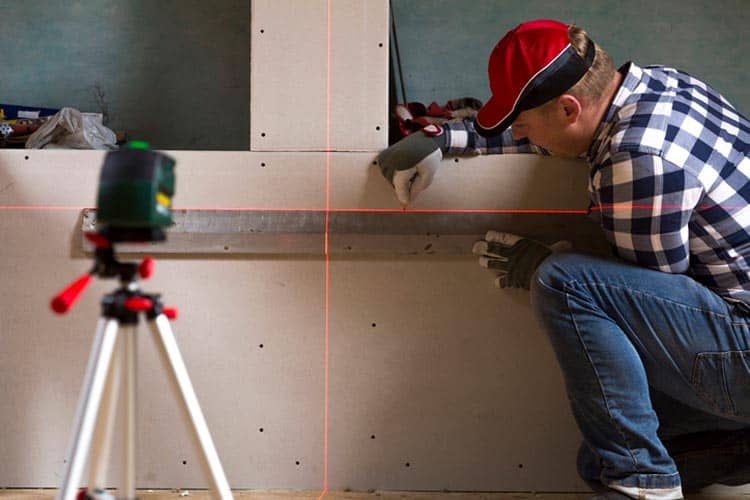First things first, let’s talk about what these classes mean. The classification system for lasers ranges from 1 to 4, with 1 being the safest and 4 being the most dangerous. Classes 3A, 3B, and 3R fall in the middle of this spectrum, with 3B being the most hazardous of the three.
So, what makes these lasers dangerous? Well, for starters, they emit higher levels of energy than class 2 lasers, which can cause serious damage to your eyes and skin. Class 3B and 3R lasers can cause permanent damage to your eyes if you’re not careful, and they can also cause burns if they come into contact with your skin.
That being said, it’s important to take the necessary precautions when working with these types of lasers. Here are some safety recommendations to keep in mind:
- Wear appropriate personal protective equipment (PPE). This includes laser safety goggles or glasses, as well as clothing that covers your skin. Make sure your PPE is designed to protect against the specific wavelength of the laser you’re working with.
- Make sure your workspace is properly marked and secured. This includes posting warning signs and ensuring that unauthorised personnel are kept out of the area.
- Use a laser power meter to measure the output of your laser. This will help ensure that you’re not exceeding the maximum permissible exposure (MPE) for the laser you’re working with.
- Keep a safe distance from the laser. This will vary depending on the class of the laser and its output, so be sure to check the manufacturer’s guidelines.
- Avoid reflecting or scattering the laser beam. This can be achieved by using non-reflective surfaces and avoiding rough or uneven surfaces.
- Always turn off the laser when it’s not in use. This not only helps prevent accidents, but it also helps prolong the life of your laser.
- Follow proper disposal procedures for laser waste and materials. This includes disposing of used laser tubes, lenses, and other components in accordance with local regulations.
Now, I know what some of you might be thinking: “Gary, these precautions seem like a lot of work. Can’t I just skip them and hope for the best?”
Trust me, I get it. Taking extra precautions can be a pain, especially when you’re under pressure to get something done. But the truth is, the risks associated with working with these lasers are just too great to ignore. Not only could you seriously injure yourself or others, but you could also face legal and financial consequences if you’re found to be negligent.
So, if you’re working with classes 3A, 3B, or 3R lasers, take the time to follow these safety recommendations. And if you’re not sure how to properly handle a laser, don’t be afraid to ask for help or seek out additional training. Your safety (and the safety of those around you) should always be your top priority.
In conclusion, laser safety may not be the most exciting topic, but it’s one that we can’t afford to ignore. If you’re working with classes 3A, 3B, or 3R lasers, make sure you’re taking the necessary precautions to protect yourself and others. And remember, when it comes to laser safety, there’s no such thing as being too careful.
Cheers,

![]()






